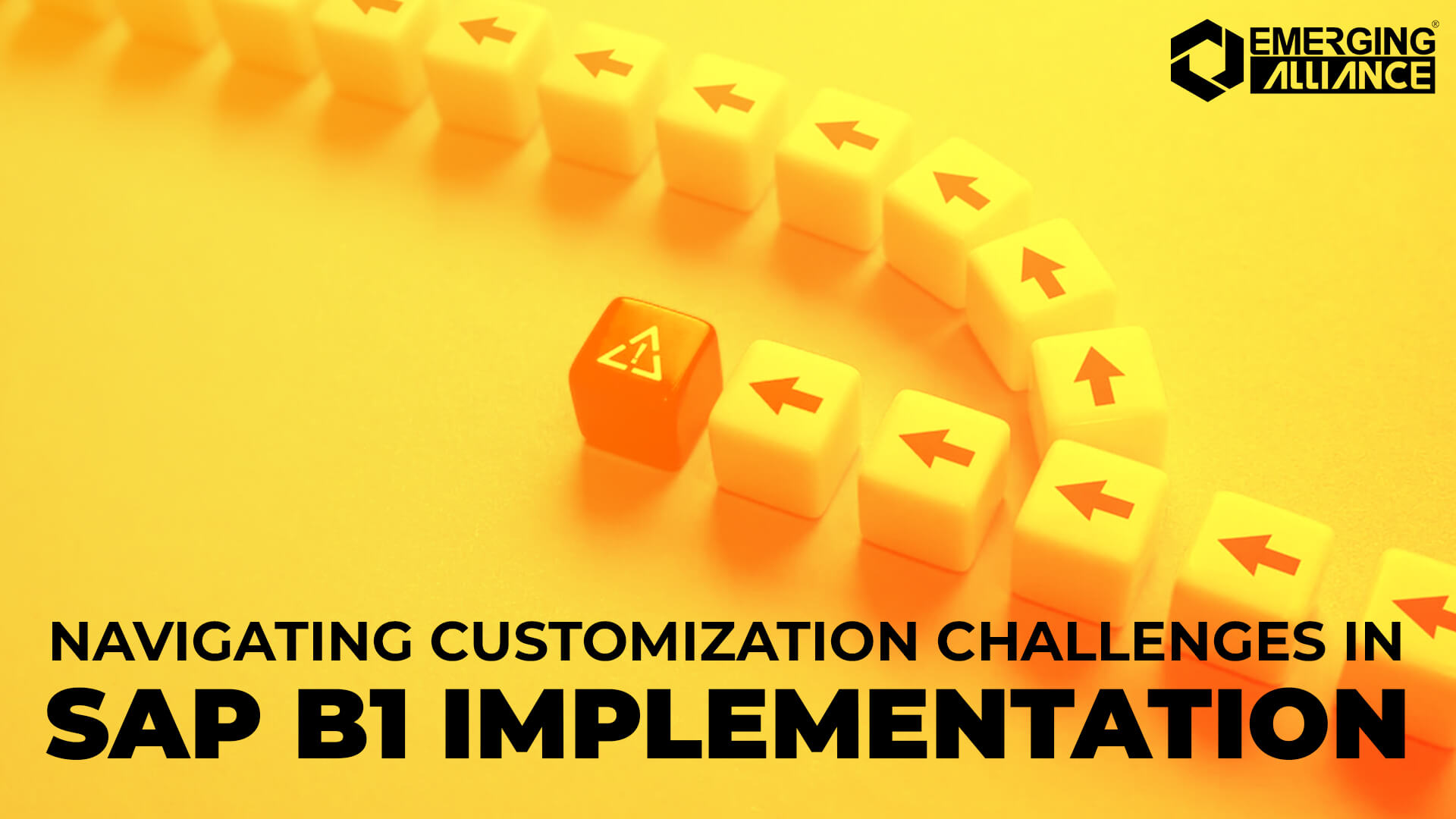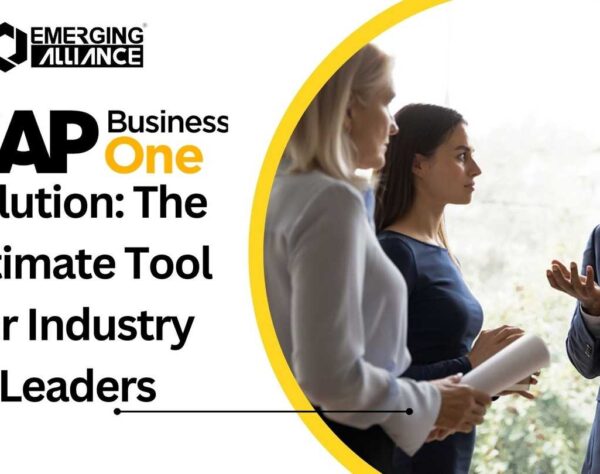
Navigating Customization Challenges in SAP B1 Implementation

Overcoming Customization Hurdles for SAP B1 Implementation Success
Enterprise Resource Planning (ERP) systems like SAP B1 are essential tools for streamlining business operations, enhancing efficiency, and promoting data-driven decision-making. However, the road to successful SAP Business One customization is not always smooth. In this blog, we’ll delve into the customization problem in SAP Business One implementation, explore statistics highlighting the impact of customization complexity on implementation failures, and discuss solutions to avoid over-customization pitfalls.
Understanding the Customization Problem:
Customization in SAP B1 implementation refers to tailoring the software to match an organization’s unique processes, workflows, and requirements. While customization can offer a tailored fit, it often introduces complexities that can hinder successful implementation. Customization involves coding, configuration changes, and adaptations that can increase project timelines, costs, and the risk of system instability.
Statistics on SAP B1 Implementation Failure due to Customization Complexity:
According to a study by Panorama Consulting Solutions, 54% of SAP Business One implementation projects experience cost overruns due to excessive customization.
A report by Gartner indicates that by 2021, 90% of organizations using SAP Business One will have made significant customizations to their systems, leading to higher upgrade and support costs.
The Standish Group’s Chaos Manifesto revealed that 18% of SAP Business One projects are considered failures, with many of these failures attributed to customization challenges and scope creep.
Solutions to Avoid Customization Challenges:
Standardization:
Adopt a “fit-to-standard” approach where possible. This involves aligning business processes with SAP B1’s built-in functionalities rather than customizing the software.
Business Process Review:
Before implementation, conduct a thorough review of existing processes. Identify areas where SAP Business One can be integrated without extensive customization.
Change Management:
Invest in change management strategies to ensure employees understand and embrace the new processes facilitated by SAP B1. This reduces the temptation to overly customize.
Configuration over Customization:
Leverage SAP Business One’s configuration options to make adjustments that align with your needs without resorting to code-level customizations.
Vendor Expertise:
Engage with SAP Business One’s vendor experts to understand the system’s capabilities and limitations. They can provide insights on how to achieve your goals without resorting to excessive customizations.
Documented Requirements:
Clearly document all customization requests, detailing the reasons behind each one. This ensures that any proposed customization aligns with the business’s strategic goals.
Prioritization:
Prioritize customization requests based on their impact and alignment with business objectives. Avoid adding customizations that don’t significantly enhance productivity or competitive advantage.
Regular Updates:
Choose SAP B1 with a strong roadmap for updates and enhancements. This reduces the need for customization to accommodate new features.
SAP Business One implementation can be transformative for businesses, but customization challenges can hinder success. By understanding the potential pitfalls of customization, learning from the statistics on failed projects, and adopting a strategic approach, organizations can navigate the complexities of SAP Business One implementation more effectively. Striking a balance between tailoring the system and leveraging its core functionalities is key to reaping the benefits of SAP Business One without falling into the customization trap.
Join the ranks of the inquisitive – Delve into captivating content on our website and uncover more than you ever imagined!
For more information on how SAP Business One can revolutionize your cement industry operations, get in touch with our experts. Stay ahead of the curve with SAP Business One – powering the future of cement manufacturing.




